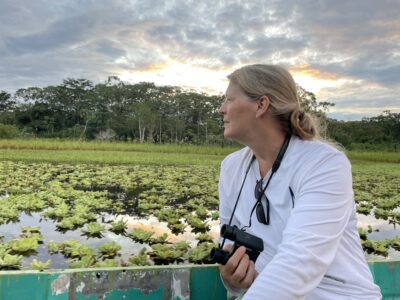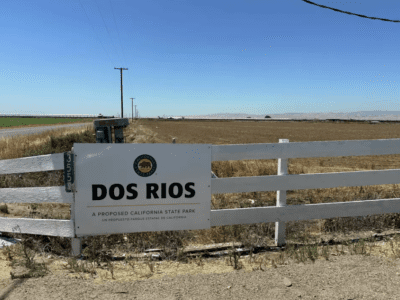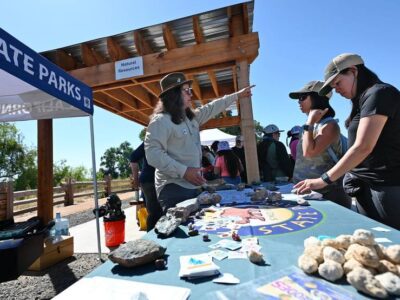One of the most common questions we get about our restoration work is, “Are all the plants native?”
Our answer is a resounding, “YES.”
River Partners is one of the largest purchasers of native seed and plants in California. Yet, high-quality native seed can be difficult to find and expensive to source.
From experience, we know seeds and plants for restoration need to be adapted to specific climates, pests, and diseases, or they may blink out before establishing. Getting locally-adapted seed and starts has been challenging at times, even causing delays on restoration projects. More control over our seed and plant supply would mean fewer roadblocks in the way of growing thriving river forests.
That’s why River Partners recently launched a new sister company: Heritage Growers Native Seed and Plant Supply. Once fully operational, we’ll be able to self-source seed and grow a variety of native plants. Heritage Growers will also eventually provide an additional funding stream to drive River Partners statewide restoration work. In fact, all profits from Heritage Growers will be funneled back to River Partners to increase its pace and scale in giving new life to California’s rivers and communities.
Together, Heritage Growers and River Partners can mend the mosaic of California’s natural wonders with each native seed and plant we grow.
We sat down with Heritage Growers General Manager, Pat Reynolds, and Operations Manager, Michele Ranieri, to learn more about this exciting new venture.
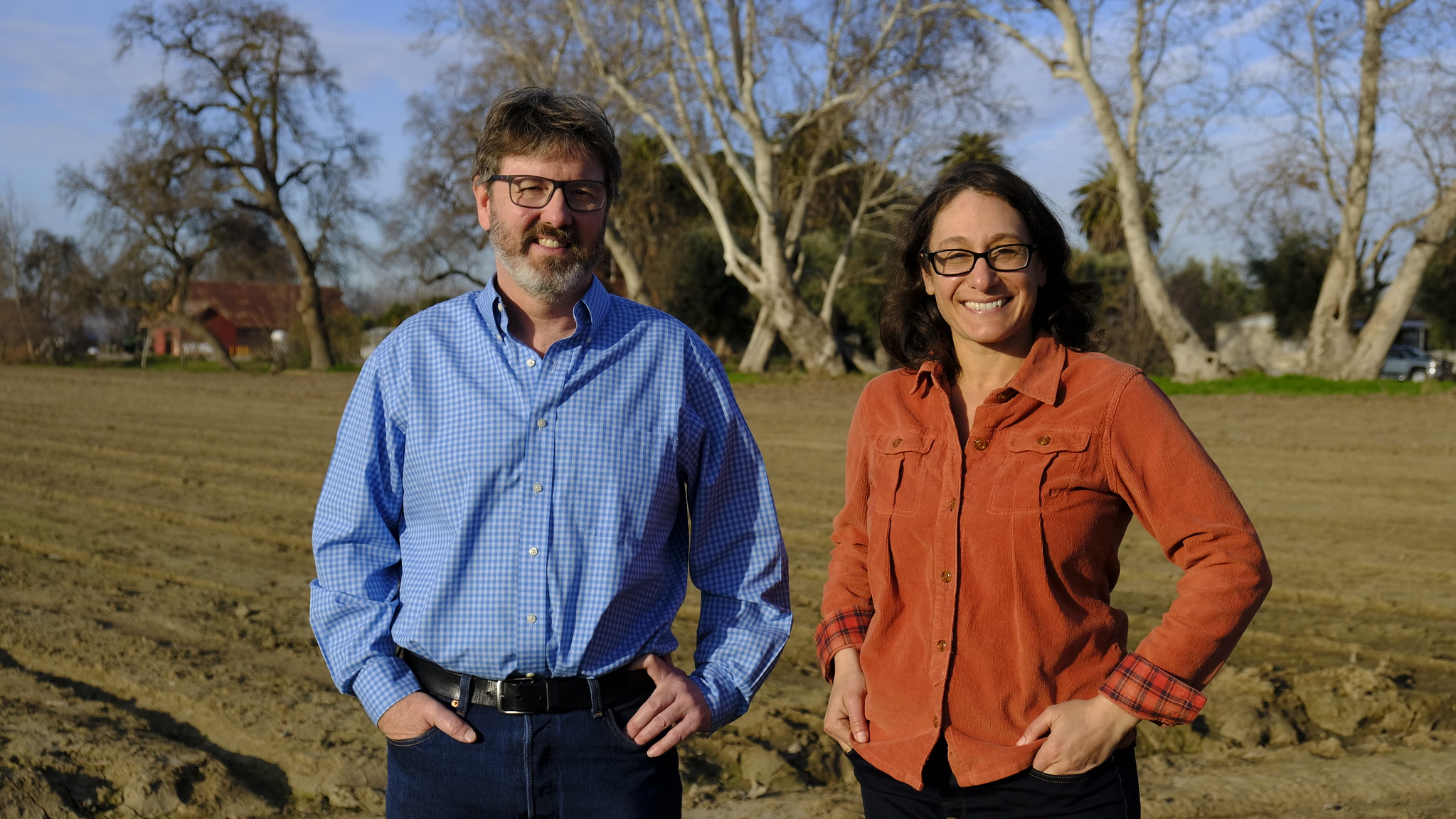
What makes Heritage Growers different from other native seed and plant companies?
Pat and Michele: Our dedication to partnerships and collaboration sets us apart. Our clients come to us for assistance solving the challenges on their projects. We’re happy to provide our expertise and insights because we don’t just sell the highest quality seeds and starts we can provide. We genuinely want to see restoration projects succeed.
Why is it important that we plant natives, now?
Pat and Michele: Establishing native plants is one of the key conservation actions that we can take to combat many environmental issues we face today. We can reverse habitat loss and give life back to local landscapes with each native seed and plant. Everything depends on healthy ecosystems, from salmon and monarch butterflies to the air we breathe and water we drink.
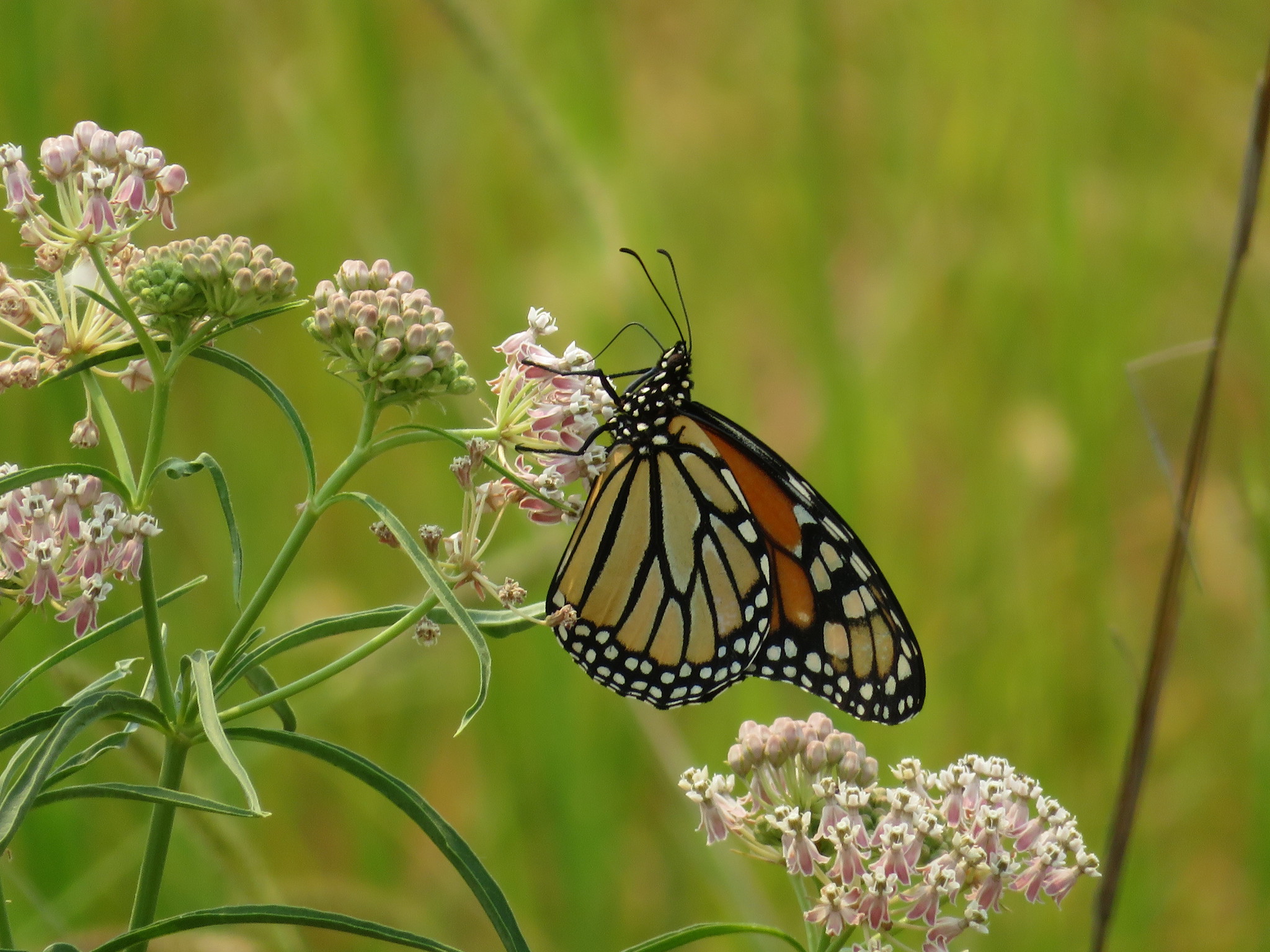
How will Heritage Growers help River Partners grow the scale and impact of our statewide restoration in the future?
Pat and Michele: Availability of high-quality native seed and plants is a limiting factor in restoration. So, we’re streamlining River Partners’ overall native seed and nursery program, and we’re making more species available. This will not only increase the biological diversity of restoration projects, but also increase the long-term sustainability and success of projects.
In addition, Heritage Growers is making our substantial experience growing seeds and plants for restoration available to the public. Anyone can put in an order, and all Heritage Growers’ profits are put straight back into funding River Partners’ statewide restoration efforts.
How long have you been working with native seed and plants? How has the industry changed since you started?
Pat: I’ve worked with native seeds and plants for over 30 years.
When I first started working with native seed, “seed of known genetic origin” (meaning we know where the original seed stock comes from) was not commercially available. Restoration projects paid little attention to the critically important grass and shrub layer of restoration projects. Now, that’s changed with source-identified native seeds. You can say, “This seed came from there, and it will be adapted to do well in this particular region.” That’s made restoration much more successful. Now, people are interested in the kinds of impacts they can make by restoring an area.
Michele: I made the jump from organic farming to working with native plants in 2017. I’ve noticed a groundswell of interest in restoration since I’ve gotten involved. People care about restoring native landscapes, and they want to do it right.
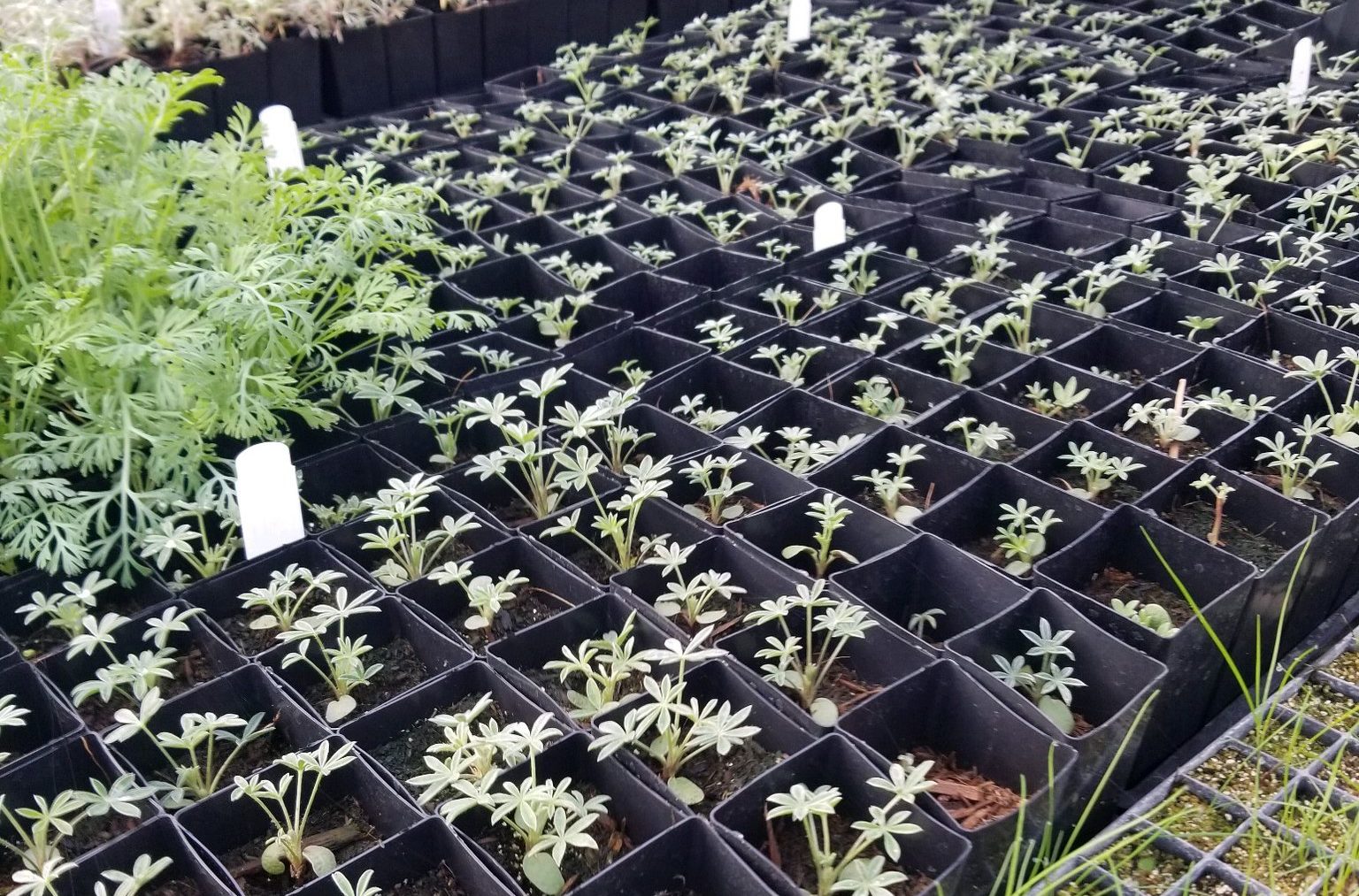
Pat, you’ve been called one of California’s leading experts in the use of native seed in habitat restoration. How did you acquire that expertise, and what do you hope your work can help achieve?
Pat: Restoration ecology is still very much in its infancy, having only been around for the last three or four decades. My expertise comes from more than 30 years of professional experience in the design, implementation, and monitoring of habitat restoration projects. This was barely a professional field when I started. The diverse experience I’ve acquired gives me a unique perspective on using native seed in habitat restoration. It’s my hope that the availability of source-identified native seed continues to expand, building on pioneering work of the late and legendary conservationist John Anderson. John’s work in the development of restoration-appropriate native seed is one of the primary reasons why this special seed is available today.
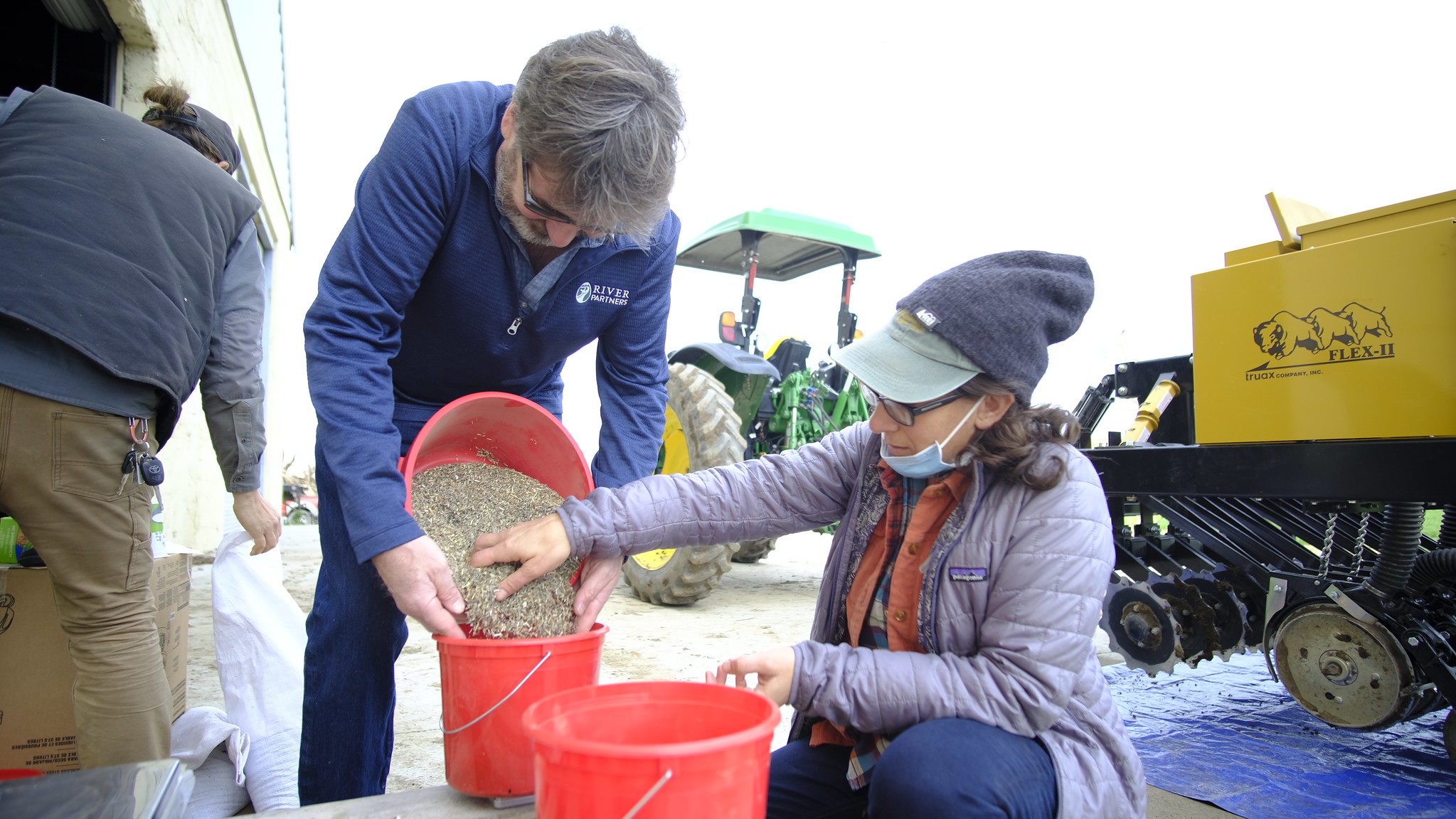
Heritage Growers has just entered its first season of growing. What services do you offer now, and what can clients expect in the future?
Pat and Michele: We are always available by phone at 916-769-7076 or email at info@heritagegrowers.com to consult on your restoration project. In terms of plants, we have dozens of species and thousands of plants available for sale now. Clients can call for details or to set up a contract grow. We grow a wide variety of native species in our plug size and do specialty sizes upon request. We will have a limited amount of source-identified seed available in fall of 2022, and a wider selection of items in fall of 2023. We are also excited to offer native grass straw in fall of 2023. We’re looking forward to continued collaboration with our clients to meet their restoration needs. You can find out more at our website, Heritage Growers.
What is your favorite California native plant?
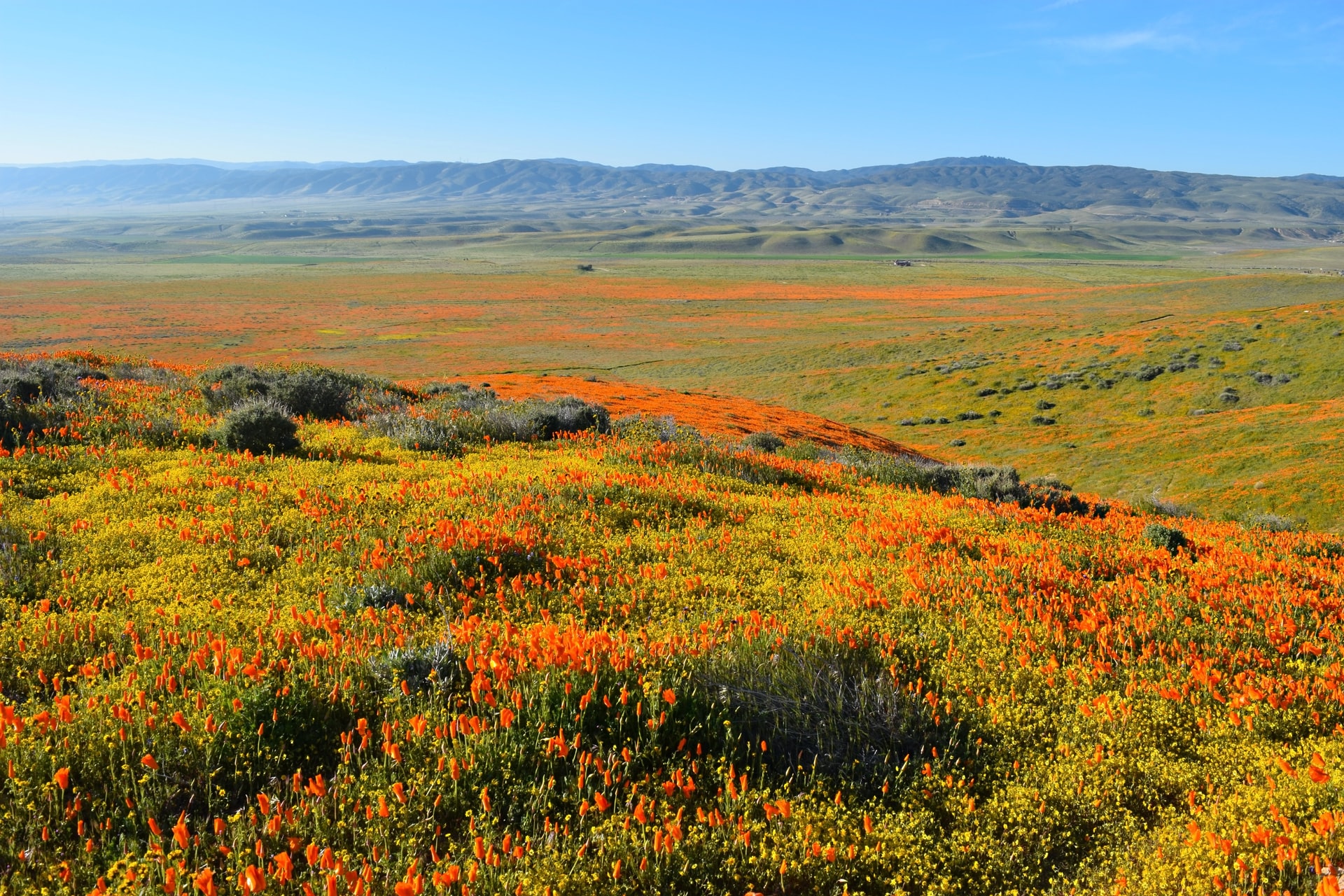
Pat: The valley oak (Quercus lobata). My childhood home sits under the canopy of a grove of valley oak trees, I did my master’s thesis research on restoration of valley oak riparian forest, and I have lived nearly all my life within the range of this spectacular California endemic species.
Michele: I absolutely love the intersection of native plants and the medicinal uses of plants. I have been working on using plants as medicine for over 10 years. I love California poppy (Eschscholzia californica) as an item to include in a restoration plan as well as for its powerful medicinal properties. Plus, it’s gorgeous!



